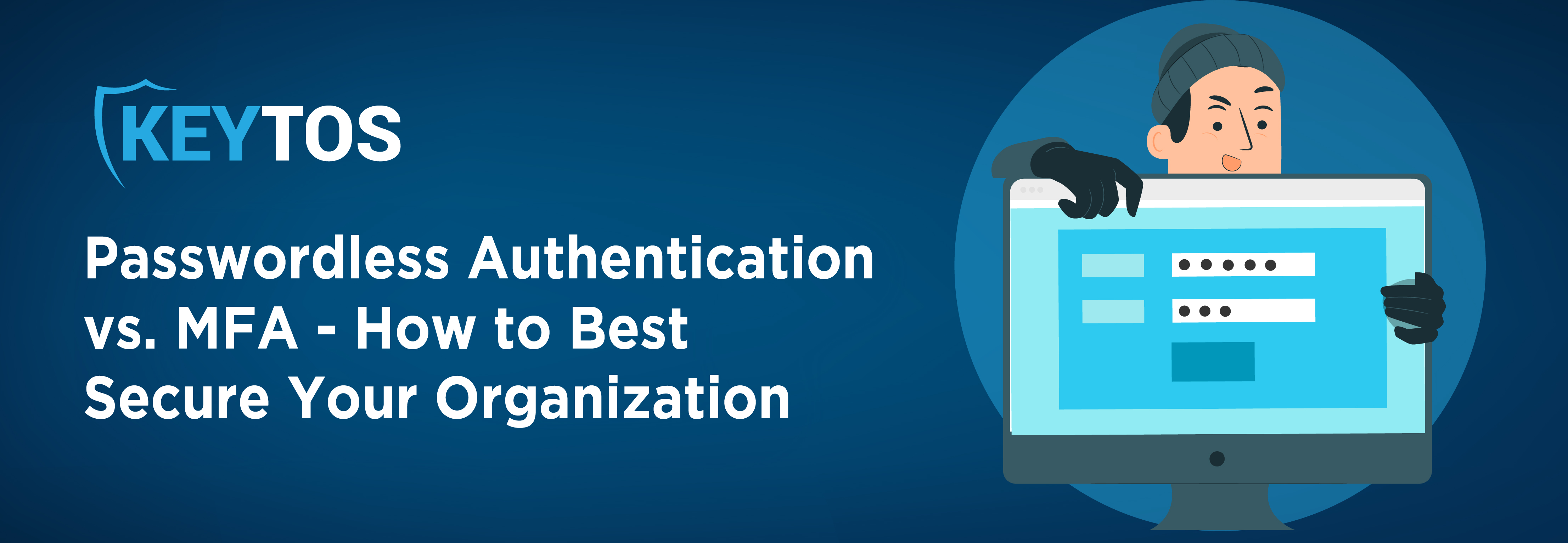
MFA (Multi-Factor Authentication) is, essentially, a broad term that encompasses 2FA (Two-Factor Authentication). MFA employs two or more factors (e.g., email address, password, smartphone) in order to verify users. In most cases, the more factors being used, the greater levels of security your organization can enjoy. Although MFA is absolutely a positive step toward increasing your cybersecurity posture, not all MFA is unphishable, meaning that it is vital to research which forms of MFA you wish to implement in order to best secure your company.
Passwordless authentication is a complex beast behind the scenes, but it is fascinatingly easy to use for organizations. For a more in-depth look at passwordless authentication, check out this whitepaper on the technology behind passwordless authentication for more detail; however, the basic overview of passwordless authentication is that it, as the name implies, allows you and your organization to completely eliminate the need to use passwords. This is done via public and private key cryptography – check out our blog on how passwordless authentication works for more information on that front.
Passwordless authentication and multi-factor authentication are often mistaken for each other. While passwordless is a subset of MFA, MFA is usually used to refer to authentication methods that involve a password as one of the two factors. Conversely, passwordless authentication does away with passwords altogether. If an intruder gets hold of any authentication aspect, they still can’t access the account unless they also control the user’s phone or hardware key.
So, in essence, there is no difference between MFA and passwordless authentication; rather, passwordless authentication is merely a specific use case within the MFA spectrum. Of course, we at Keytos would highly recommend that your organization chooses to go fully passwordless as that is the best way to secure your users. Let’s take a closer look at the security differences between MFA and passwordless authentication.
Both passwordless authentication and MFA offer robust security features. The choice between them largely depends on the user’s preference and the nature of the platform or system in question. Some might argue that the simplicity and modern appeal of passwordless systems make them the way forward, while others vouch for the layered protection that MFA provides.
Ultimately though, in a ceteris paribus situation, passwordless authentication is the way to go. As secure as MFA is, more forms of passwordless authentication are unphishable than forms of MFA are unphishable, and unphishable credentials are the name of the game in the cybersecurity world. You simply cannot get more secure than by going unphishable. Take a look at this blog that goes in-depth on the benefits of phishing-resistant credentials and this blog on how to prevent phishing as a small business to learn more about how going unphishable is the superior way to stay secure.